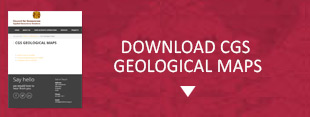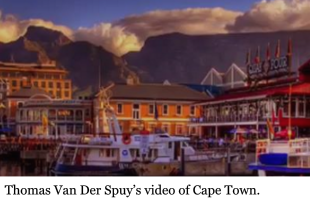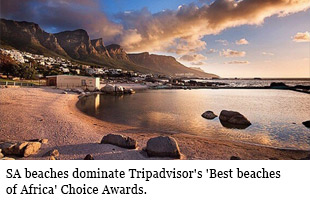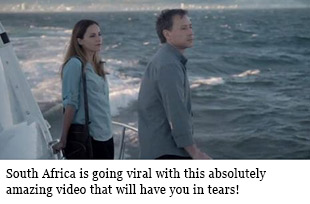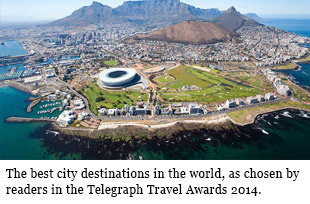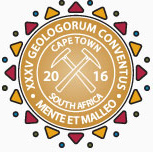
35TH INTERNATIONAL GEOLOGICAL CONGRESS
27 AUGUST - 4 SEPTEMBER 2016 | CAPE TOWN, SOUTH AFRICA
Sponsors
Keystone Sponsor


Diamond Sponsor


Gold Sponsor


Silver Sponsor



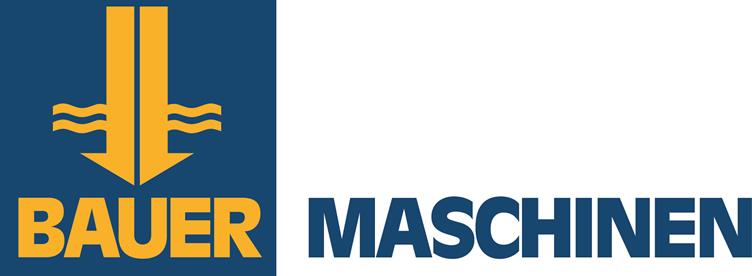




Business Centre Sponsor


Publication Sponsor




Social Function


Plenary Speaker Sponsor


Speaker Gift Sponsor


Post Graduate Fund


Registration


Welcome Drinks


Lunch Time Drinks


Publication &
35 IGC SAGPGF
35 IGC SAGPGF

35 IGC SAGPGF




MY IGC APP


Symposium Sponsor




Audit Sponsor


35TH INTERNATIONAL GEOLOGICAL CONGRESS
27 AUGUST - 4 SEPTEMBER 2016 | CAPE TOWN, SOUTH AFRICA
My IGC
Symposium Details
| Title | Description | Convenors |
|---|---|---|
| Evolution of sand seas: past, present...and future? | One of the world’s greatest sand seas, the Namib, lies to the north of the Congress location. Sand seas, dominated by aeolian sediments and landforms but with lacustrine and fluvial features and facies, are an important and prominent component of modern deserts, but are well represented in the rock record too. Modern sand seas are a function of both contemporary processes and the accumulated record of past conditions, often preserved in the sediments within present landforms. Explaining sand sea evolution and responses to changes in external forcing over multiple timescales, both past and future, therefore requires knowledge of both process operation, and the controls on accumulation, preservation and erosion. We invite contributions from studies of ancient, Quaternary, and current sand seas that a) explore the controls on sedimentary accumulation and preservation; b) explain the climatic and environmental controls on sand sea development, c) examine potential sand sea responses to future climate changes, and d) present new methodologies for sand sea sedimentological and geomorphological research. We expect contributions from many world sand seas, and also from research into those of planets other than our own. | David Thomas and Charlie Bristow |
 Field trips
Field trips  Sponsorship & expo
Sponsorship & expo  Registration
Registration Tours
Tours  Promotion
Promotion 














 Conference Programme
Conference Programme  Field trips
Field trips  Sponsorship & expo
Sponsorship & expo  Volunteer
Volunteer  GeoHost
GeoHost  Registration
Registration Tours
Tours  Promotion
Promotion  Publications
Publications


